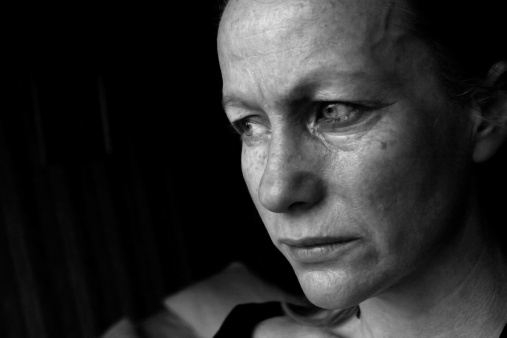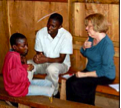
TFT Allows Us the Feelings We Need
By Robert Bray, PhD, LCSW, CTS, TFT-Dx
TFT in the bereavement process
In my experience, the most common problem with grief is people not grieving. When a client comes in looking for help with grief, the first question I ask is, ‘What are you doing? How are you grieving?
The most common response is that it hurts too much and “I cry ever time I remember (he or she) is gone.”
Avoiding the memories, avoiding the parts of their current life that triggers the memories, or avoiding sharing memories with others is a common coping mechanism to manage the pain even for the toughest person. Taking the time to be with feelings of love for the one who has died and integrating the fact that person is no longer with him or her is a necessary component in reconstructing a life.
Grieving is an active process requiring our engagement. Time passively passed without our conscious awareness is of little help in this process. Time spent locked in overwhelming emotion that freezes our thinking and prevents us from taking action is of less help. Making the change in our being requires living with the reality of having been given the gifts of our loved one and now being without the physical presence of his or her. TFT provides a means to getting unstuck and using our feelings in this change process.
A woman in her late forties approached me after a presentation at a conference and asked for help dealing with the loss of her son three years earlier. In his early twenties he had been killed in Continue reading “TFT and Grief”




